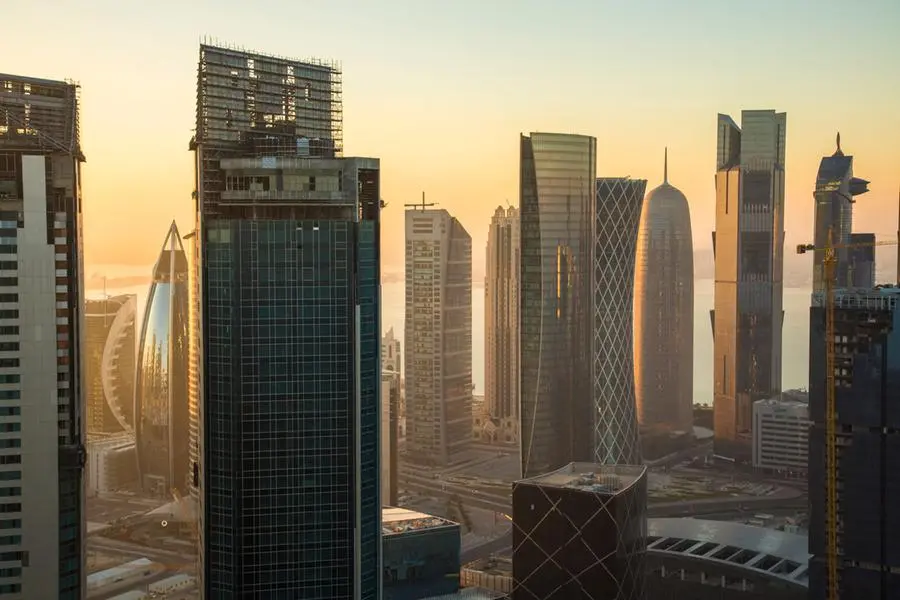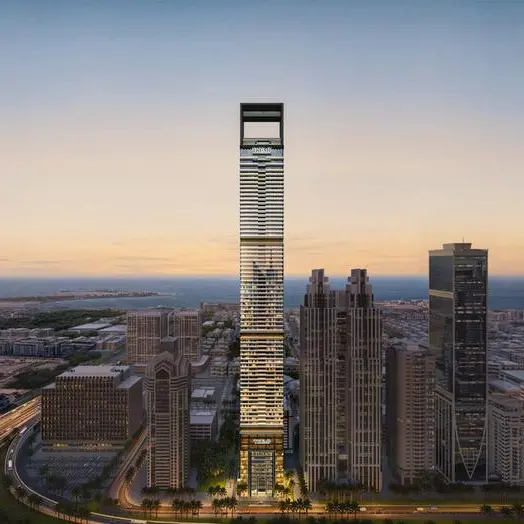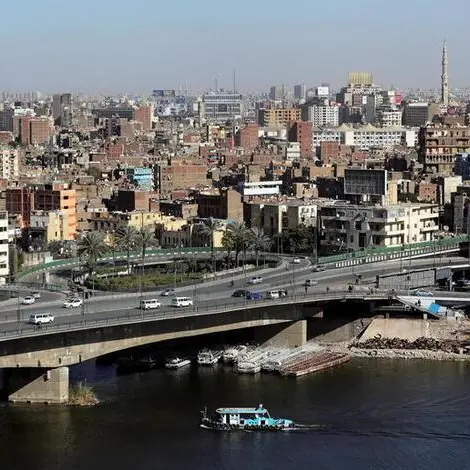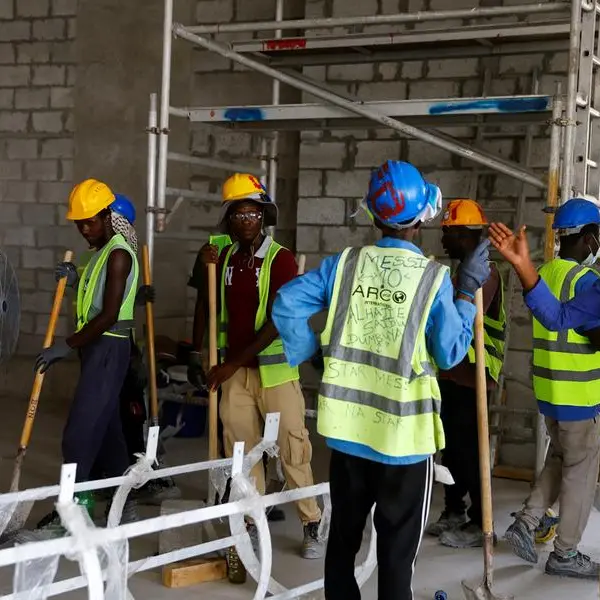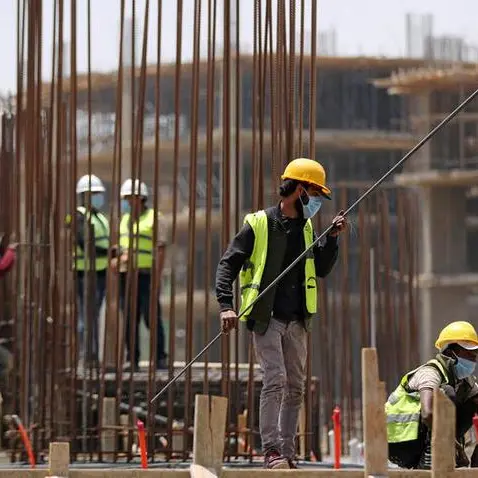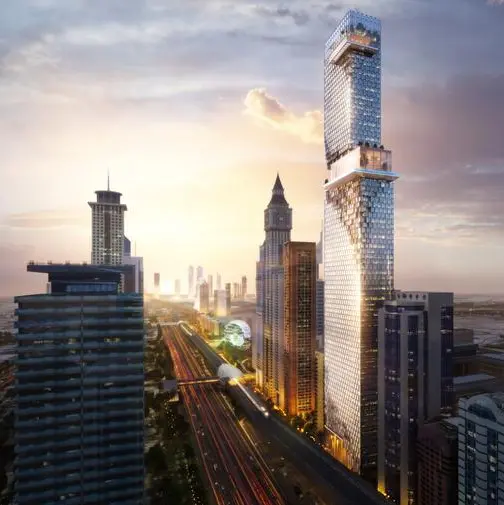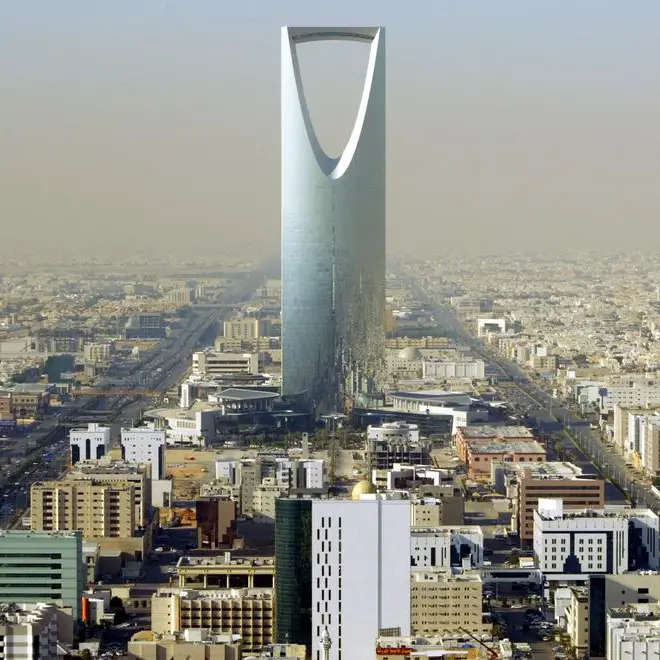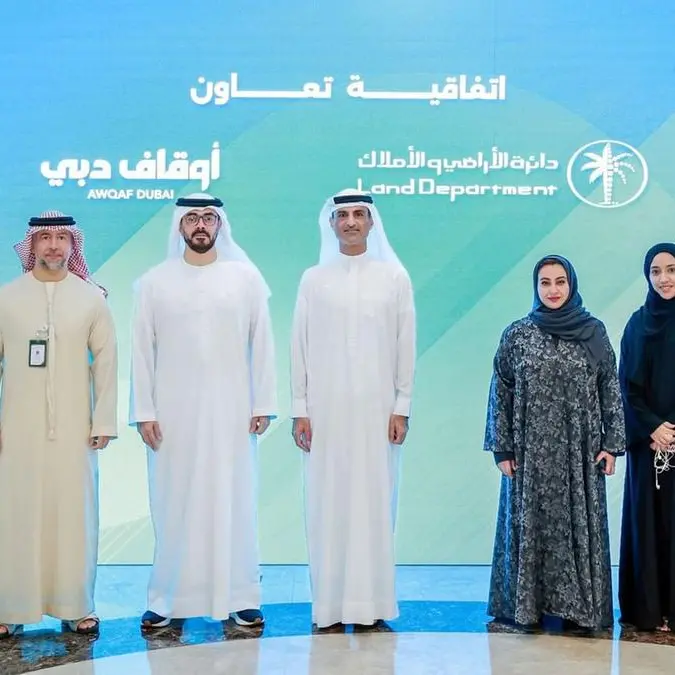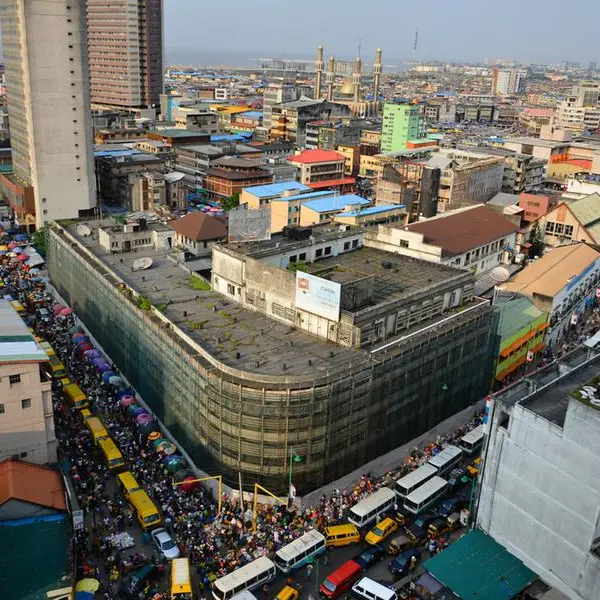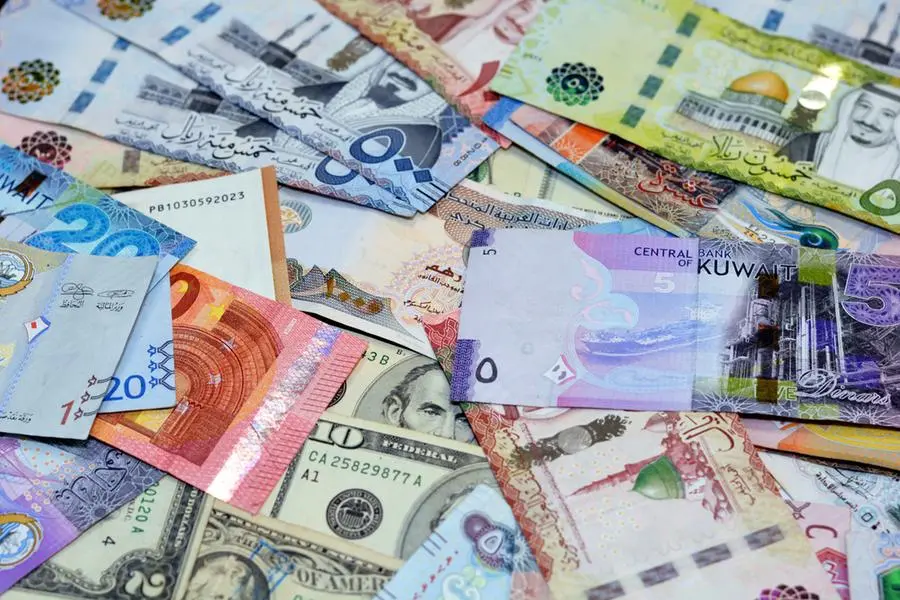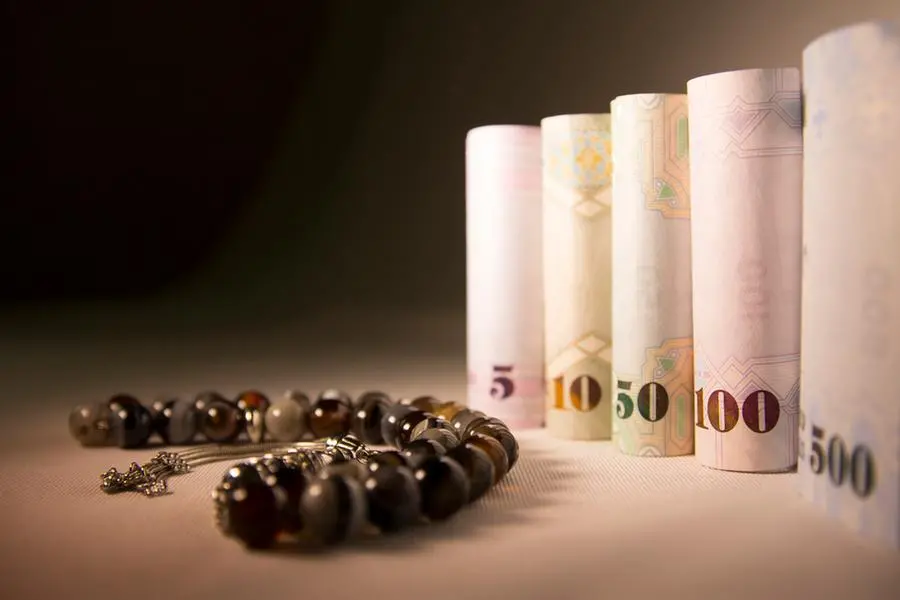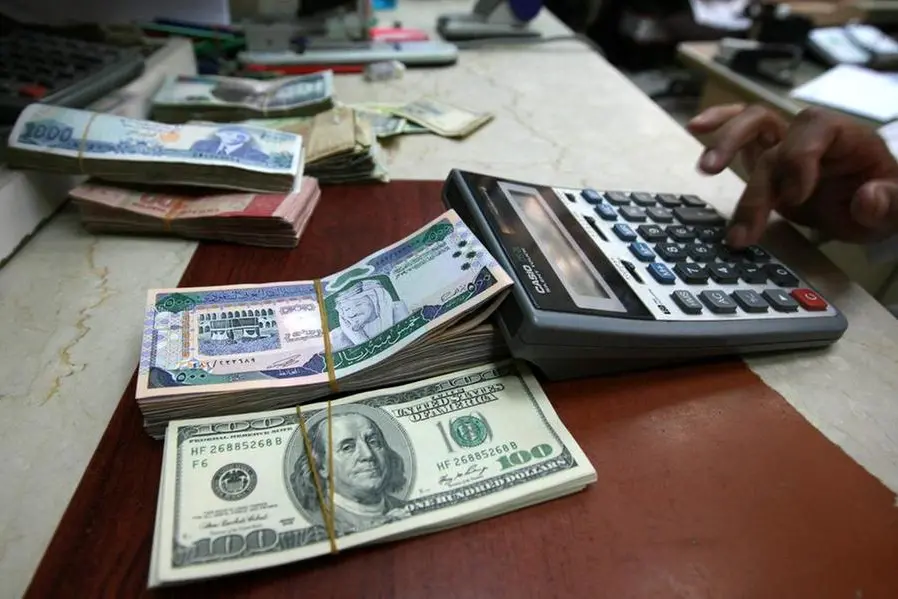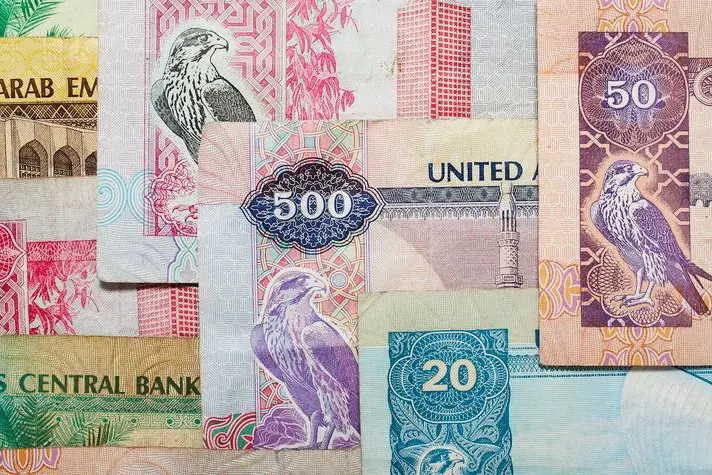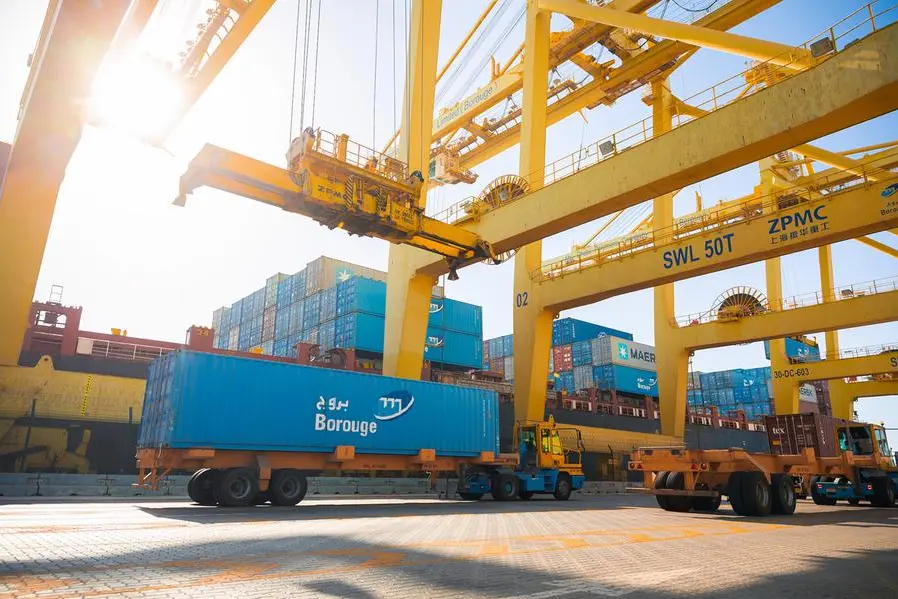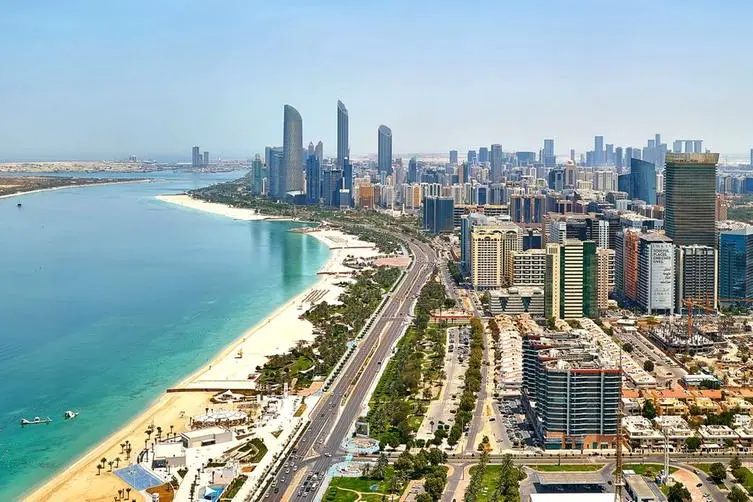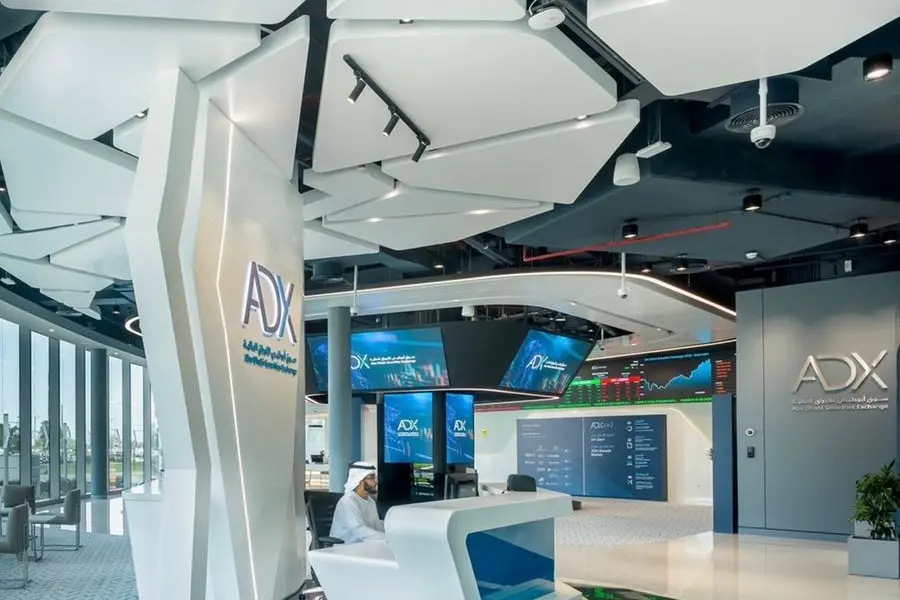PHOTO
Image used for illustrative purpose. Getty Images
Doha: In an astonishing development, Qatar’s retail real estate market has surged by an incredible 200 percent since 2015, reaching over $18 billion by mid-2024, according to a local report by Al Asmakh Real Estate Development.
This leap has been fueled by robust population growth, rapid urban development and substantial improvements in infrastructure. As the government seeks to transform Qatar into a key investment hub for global brands, the growth in this sector is seen as crucial for the country’s economic diversification goals.
Salman Al Hammadi, a seasoned real estate analyst, sees this remarkable growth as the result of multiple converging factors.
“The increase in Qatar’s population and urban expansion naturally boosts the demand for retail spaces,” Hammadi explained. “Moreover, the government’s strategic infrastructure investments have paved the way for modern shopping and entertainment centres, attracting both local and international retailers.”
Echoing Hammadi’s insights, senior economist Ali Al Zoubi highlighted the broader economic implications. “This boom in retail real estate isn’t just about new shopping malls; it’s a driving force for the economy,” he stated. “It spurs consumer spending, generates employment and supports sectors like construction and logistics. The government’s ambition to diversify the economy beyond oil and gas finds a strong ally in these developments.”
Urban planner Saleema Shu’ani underscored the crucial role of infrastructure in supporting real estate growth.
“The ongoing infrastructure projects, particularly in transportation and services, are directly linked to the thriving real estate market,” Shu’ani noted. “These developments make retail areas more accessible and desirable, driving up both occupancy rates and rental income.”
Despite the overall growth, the real estate market does face seasonal ebbs and flows. The summer and holiday seasons typically see a dip in activity.
For instance, between July 7 and 11, only 55 transactions were recorded, totaling around QR275 million ($75.5 million). Notably, areas where non-Qataris can own property, like The Pearl, saw transactions amounting to over QR35 million. The types of properties traded during this period included vacant lands, residential homes, apartment buildings and individual residential units.
According to data from the Ministry of Justice’s Real Estate Registration Department, about 2,000 real estate transactions were completed in the first half of the year, with a total value of QR8.16 billion. This included QR4.63 billion in the first quarter and QR3.54 billion in the second quarter, compared to QR4.41 billion in the first quarter of 2023.
Residential properties dominated the transactions, accounting for 62.8 percent of the total with 1,256 deals, followed by vacant lands at 36.2 percent with 724 transactions.
Commercial buildings made up a tiny fraction, with only 19 transactions, less than one percent of the total. Cushman and Wakefield reports that the supply of apartments and villas in Qatar has grown to over 400,000 units this year, with an annual growth rate of 6.2 percent over the past decade.
The boom in retail real estate is a cornerstone of Qatar’s strategy to diversify its economy. The government’s extensive infrastructure development plans, coupled with significant investments in the real estate sector, aim to attract a wide range of international brands, positioning Qatar as a major investment destination.
Hammadi pointed out that these developments align with Qatar’s National Vision 2030.
“These projects are part of a broader strategy to create a sustainable and diversified economy,” he said. “By enhancing the retail landscape, Qatar is not only meeting the needs of its growing population but also laying the groundwork for a more resilient economic future.”
Zoubi added that modern technology integration in new retail spaces will be key.
“The adoption of smart technologies and sustainable practices in retail real estate will distinguish Qatar’s market,” he predicted. “This forward-thinking approach will attract high-quality investments and ensure long-term growth.”
Shu’ani emphasised the ongoing need for infrastructure improvements.
“The seamless integration of transportation networks with retail and residential areas will further boost the attractiveness of Qatar’s real estate market,” she opined. “As accessibility improves, so will the demand for high-quality retail spaces, driving further growth.”
While the future looks promising, the retail real estate market in Qatar is not without its challenges. Seasonal fluctuations, like the current summer slowdown, are natural market dynamics that stakeholders must navigate. Additionally, balancing supply and demand is crucial to avoid market saturation.
“Managing the supply pipeline effectively is essential,” cautioned Hammadi. “Overbuilding could lead to an oversupply, which might impact rental yields and occupancy rates. Strategic planning and market analysis are key to sustaining growth.”
Zoubi stressed the importance of regulatory frameworks that support growth while protecting investors.
“Clear and transparent regulations will foster a stable investment climate,” he advised. “It’s important for the government to continue providing incentives and support to both local and international investors.”
Shu’ani concluded with a focus on sustainable urban development.
“As Qatar’s retail real estate market expands, it’s vital to ensure that growth is sustainable and environmentally friendly,” she asserted. “Incorporating green building practices and promoting energy efficiency will not only benefit the environment but also enhance the market’s attractiveness to eco-conscious investors.”
Qatar’s retail real estate market is on an impressive upward trajectory, driven by population growth, urban development and substantial infrastructure investments.
© Copyright Qatar Tribune. All Rights Reserved. Provided by SyndiGate Media Inc. (Syndigate.info).
